Task Force on Convection Permitting Modelling
Description
The ensembles of dynamical regional climate simulations produced by CORDEX are intended to provide reliable information about climate and climate change on regional to local scales. Further, these are used to increase our scientific understanding of key processes that operate on these scales and how they interact with the large-scale coupled earth system. However, the standard resolution of these models is still insufficient to resolve mesoscale processes and features that are particularly important for resolving high-impact events. Kilometer-scale (1-4km grid spacing) regional climate models of the atmosphere can simulate the climate on grid scales at which mesoscale processes and orographic interactions are partly to fully resolved. Over the past decade, several Flagship Pilot Studies have illustrated the value of ensemble-based approaches at these scales, but many questions remain. However, due to limited computational resources the grid resolution and simulation domain can vary substantially in Convection Permitting Regional Climate Models (CPRCMs).
The effective model resolution of the simulations is substantially larger than the grid size, parameters describing the landscape have limited quality and/or resolution, and there is still a need for parameterization of unresolved processes. This makes the set-up and the fidelity of the models dependent on the simulated region and domain of application. The added value, compared to coarser scale climate simulations, has only partly been demonstrated. The relevance of several processes for climate variability on local scales is unknown. High-resolution observations are available for very few variables and not everywhere. The quality of simulated climate variability on regional to local scales is thus partly unknown and/or requires further improvement.
There is a need for a coordinated CPRCM research and development strategy across CORDEX domains: (i) on the development of generic km-scale CPRCM set-ups for long climate simulations, including specific parameterizations of regional and local effects (with relevance, e.g., for hydrology, renewable energy, agriculture, etc.); (ii) recommendations for evaluation data and evaluation methods appropriate for CPRCM simulations; (iii) for improved understanding of processes, mechanisms and variability of regional to local climate; (iv) to standardize CPRCM experiment design within CORDEX and link effectively with state of the art Machine Learning approaches (see the TF on same); (v) to build and maintain strong connections and collaborations with the global convection-permitting modelling and numerical weather forecasting community. This TF will deliver such a strategy while maintaining and strengthening the CORDEX commitment to inclusivity, openness, and collaboration. Please contact Stefan Sobolowski for more information or to participate in the task force (stefan.p.sobolowski@uib.no).

Coordinator
Stefan Sobolowski stefan.p.sobolowski@uib.no
Members
| Name | Domain/area |
| Stefan Sobolowski coordinator |
Europe, Third Pole, ML TF |
| Andreas Prein | Europe, South America + North America, Third Pole, Global |
| Elisabeth Kendon | Europe, Global |
| Hiroaki Kawase | East Asia, Japan |
| Sabina Abba Omar | Africa |
| Francina Dominguez | South America + North America |
| Shiori Sugimoto | Asia (Third Pole, East Asia, South Asia) |
| Priscilla Mooney | Europe, Arctic, Antarctic |
| Rosmeri Porfirio da Rocha | South America |
| Erika Coppola | Europe, South America, Africa, Central America, South Asia, CORDEX-CORE |
| Faye Cruz | Southeast Asia |
| Petter Lind | Europe, Africa |
| Marianna Adinolfi | Europe |
| Jason Evans | Australia, Oceania, Pacific Islands |
| Klaus Goergen | Europe |
| Cécile Caillaud | Europe |
| Dominique Paquin | North America (North-East), CMIP7-TF |
| Dominic Matte | North America |
| Stefan Rahimi | North America |
| Claas Teichmann | Europe, CORDEX-CORE |
